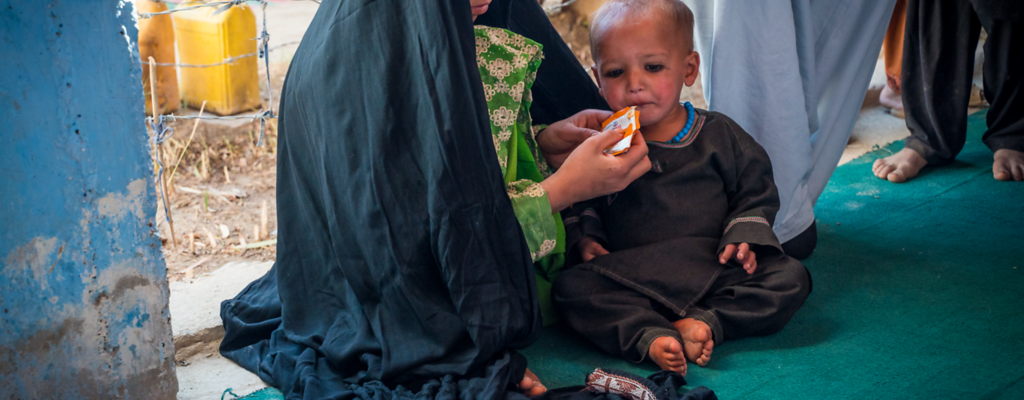Daily Noon Briefing Highlights-Afghanistan-Yemen-Ethiopia
Afghanistan
The UN is deeply concerned about the safety and protection of people in Lashkargah, in southern Afghanistan, where tens of thousands of people could be trapped by fighting.
The ongoing fighting in Hilmand and Kandahar provinces has led to the displacement of civilians to adjacent calmer areas within the provincial capitals and neighbouring districts.
In Hilmand and Kandahar, there are reports of increased civilian casualties, destruction or damage to civilian houses as well as to critical infrastructure, including hospitals. Hospitals and health workers are becoming overwhelmed by the number of wounded people.
UN and humanitarian partners are assessing needs and responding in the south, as access allows. On 1 August, over 2,000 people were reached with food, water, sanitation and cash assistance in Kandahar.
Since the start of the year, nearly 360,000 people have been forcibly displaced by conflict. About 5 million people have been displaced since 2012.
Attacks on health facilities in the first half of the year deprived 200,000 people in Afghanistan of access to basic care.
The UN urges parties to the conflict to protect civilians, aid workers and civilian infrastructure, including schools and hospitals, in compliance with international humanitarian law. The UN also calls on parties to grant aid workers access to provide assistance without interference, in accordance with humanitarian principles..
Humanitarians are committed to stay and deliver in Afghanistan and expect to have reached almost half of the nearly 16 million people targeted for assistance, so far in 2021, despite worsening conditions.
The UN calls on donors to urgently fund Afghanistan’s Humanitarian Response Plan, which requires $1.3 billion but has only received $485million (38 per cent) in funding.
Yemen
OCHA reports that heavy rains and flooding in Yemen have affected at least 28,000 people, according to initial estimates. Humanitarian partners on the ground are conducting assessments and providing assistance, including shelter, food and healthcare.
Meanwhile, COVID-19 cases have increased over recent days, with concerns that the country is entering a third wave. So far, just over 310,000 vaccines have been administered – meaning that only 1 per cent of the population has got their first dose. This takes place against a backdrop of dire humanitarian needs, conflict and the threat of famine.
More than half of Yemenis are facing crisis levels of food insecurity, and 5 million people are one step away from famine. As the value of the Yemeni rial continues to plummet – trading at over 1,000 rials to the dollar in some areas – more and more Yemenis are being pushed to the brink. Donors have stepped up their support to the humanitarian operation.
The Yemen Humanitarian Response Plan is currently 47 per cent funded [$1.82 billion has been received out of the $3.85 billion requirement]. But most of this money will run out in September. Additional and predictable funding is urgently needed so that people can continue receiving the lifesaving assistance they need.
Ethiopia
Under-Secretary-General for Humanitarian Affairs and Emergency Relief Coordinator Martin Griffiths concluded his six-day visit to Ethiopia yesterday evening. This was his first official mission since he assumed office in mid-July.
The humanitarian chief held constructive meetings with the Federal Government, the Amhara regional president, the African Union, and the humanitarian and diplomatic community. During his meetings with the Prime Minister and other key interlocutors he discussed the humanitarian situation and the challenges aid organizations face in getting assistance to people in need.
Mr. Griffiths also spent two days in Tigray, where he saw first-hand the dire humanitarian situation and met with civilians whose lives had been upended by the conflict.
More than 5.2 million people across Tigray—more than 90 per cent of the region’s population—require life-saving assistance, including nearly 400,000 people already facing famine-like conditions. Humanitarian needs are also increasing in neighbouring Amhara and Afar, as the conflict spills over into these regions.

